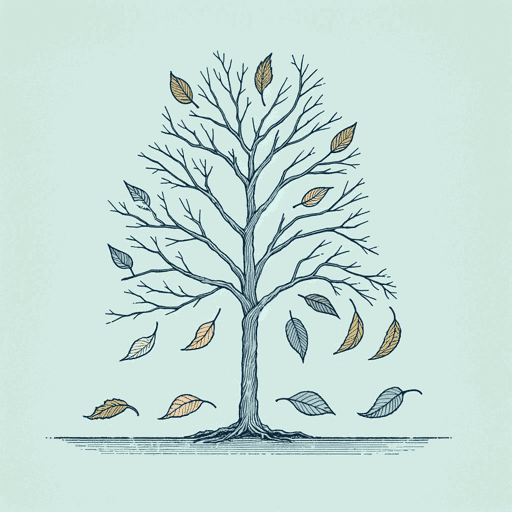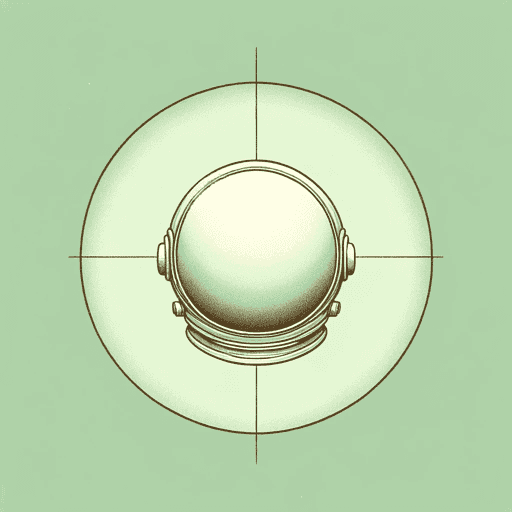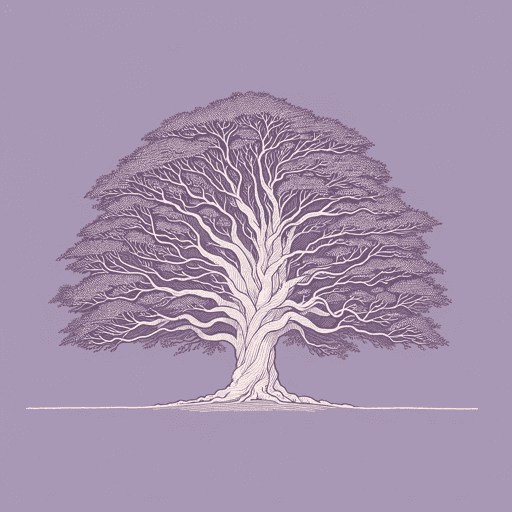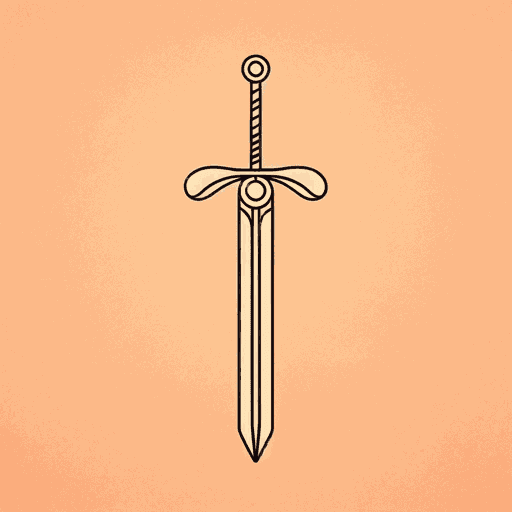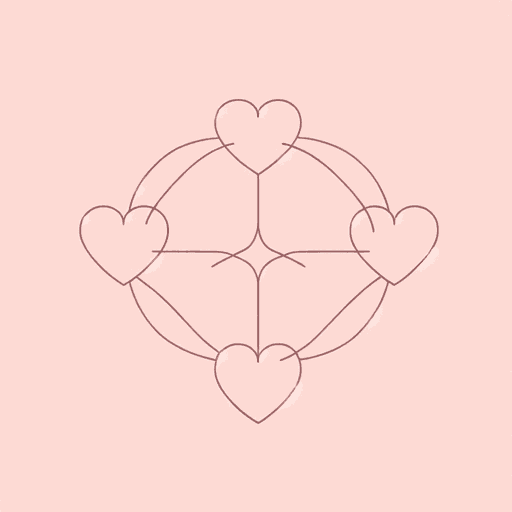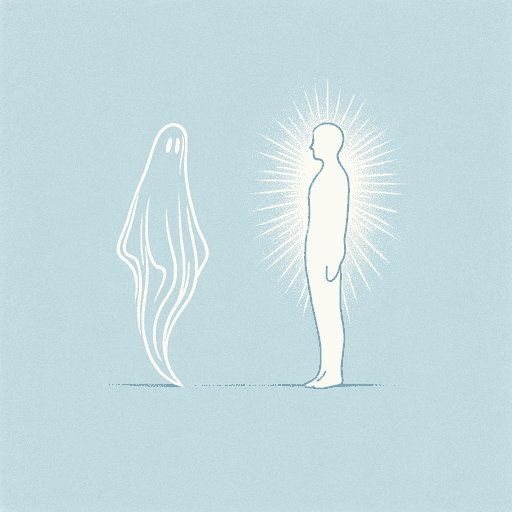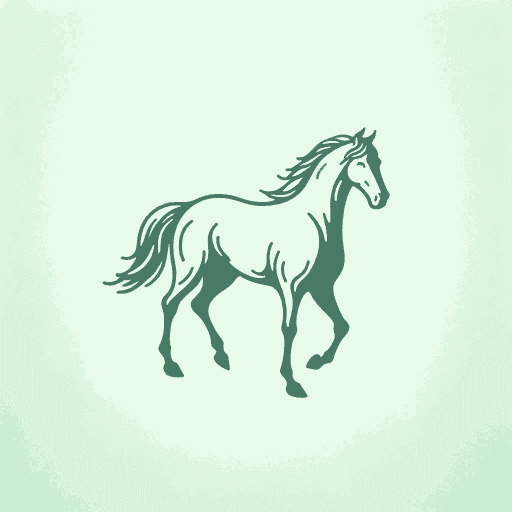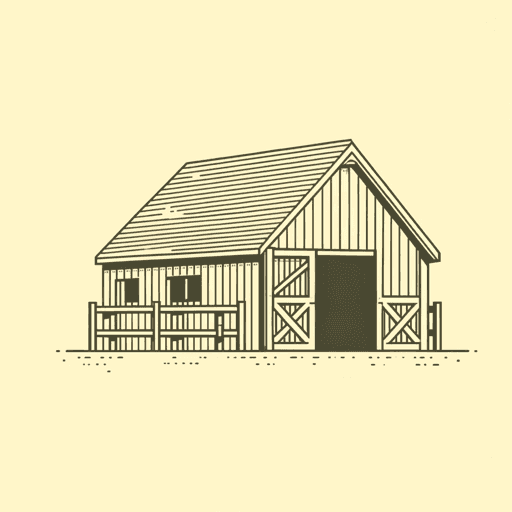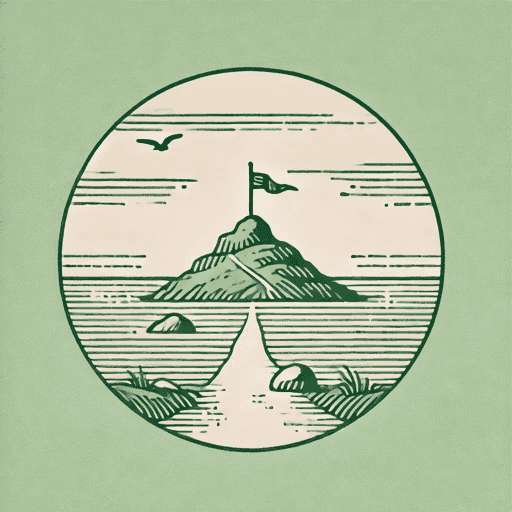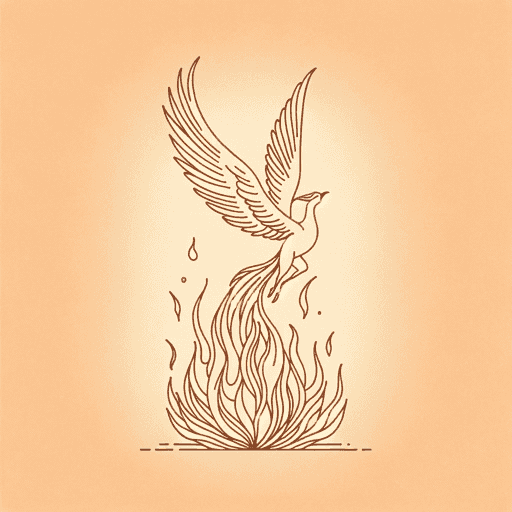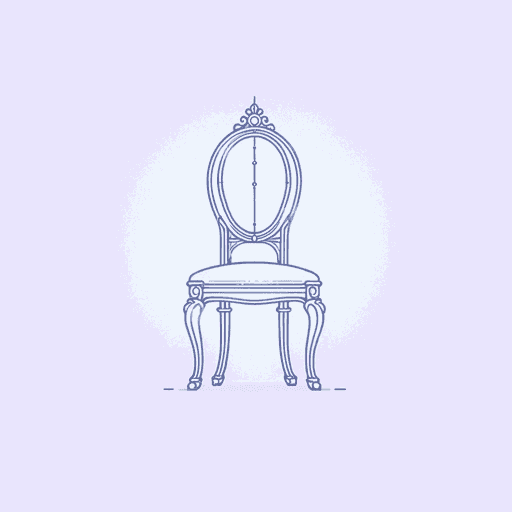50 pages • 1 hour read
The Voyage of the Dawn Treader
A modern alternative to SparkNotes and CliffsNotes, SuperSummary offers high-quality Study Guides with detailed chapter summaries and analysis of major themes, characters, and more.
Symbols & Motifs
The Dragon
Chapters 6 and 7 focus on Eustace’s transformation into a dragon, which symbolizes his radical character growth and the Consequences of Greed and Sloth. First, not only do dragons contribute to the novel’s status as an example of the fantasy genre, but they also serve as a symbol of the very worst of human behavior. Indeed, this abstract association is confirmed when Eustace Scrubb wakes up to find that by “[s]leeping on a dragon’s hoard with greedy, dragonish thoughts in his heart, he had become a dragon himself” (49). Symbolically, his worst traits have crystallized into a “monstrous” form, and his outer appearance comes to reflects his inner greed and cruelty. However, because Eustace’s new form highlights his isolation, it also causes him to regret his previous actions and attempt to make up for them by using his dragon strength to help the crew to repair the ship. Further abstract associations can be found in the armband which he greedily stole, and which now constricts painfully around his dragon leg, suggesting that the very actions of greed and sloth have become both a prison and a punishment.
In the end, Aslan appears to Eustace and helps him shed his dragon skin in a passage strongly reminiscent of a baptism.



Related Titles
By C. S. Lewis
Featured Collections
Action & Adventure
View Collection
Action & Adventure Reads (Middle Grade)
View Collection
Christian Literature
View Collection
Fantasy & Science Fiction Books...
View Collection
Fate
View Collection
Friendship
View Collection
Juvenile Literature
View Collection
Religion & Spirituality
View Collection
Required Reading Lists
View Collection

